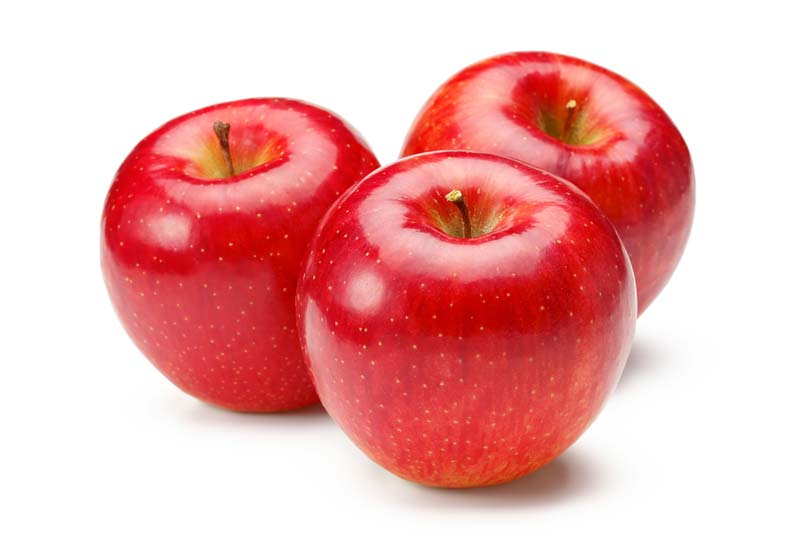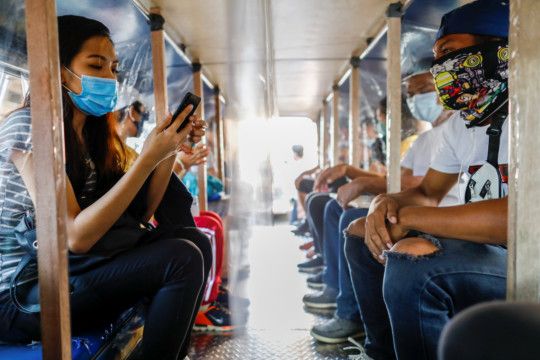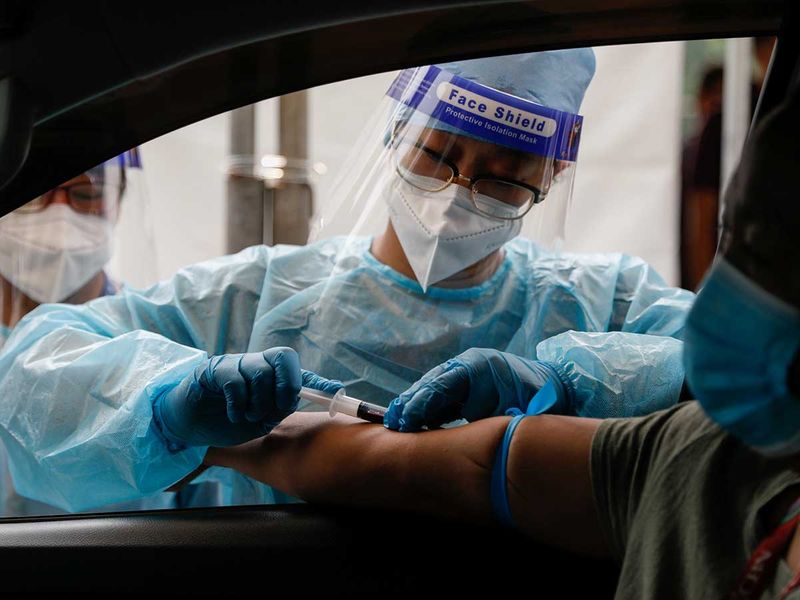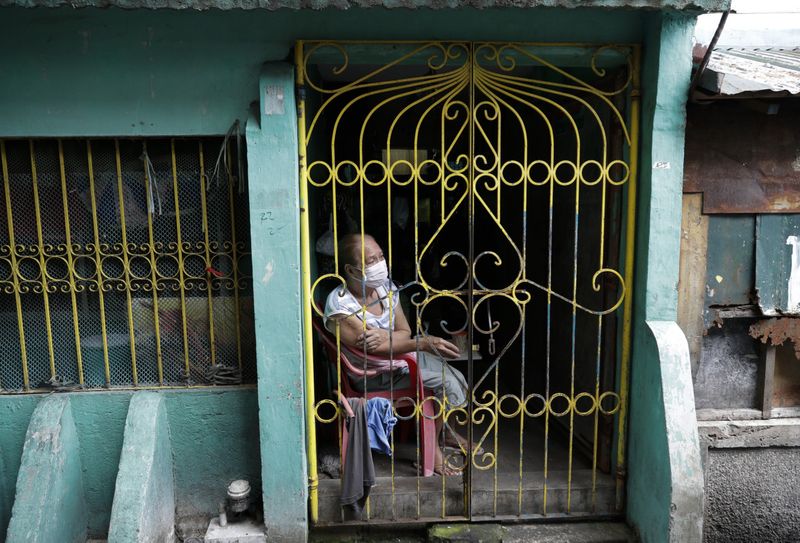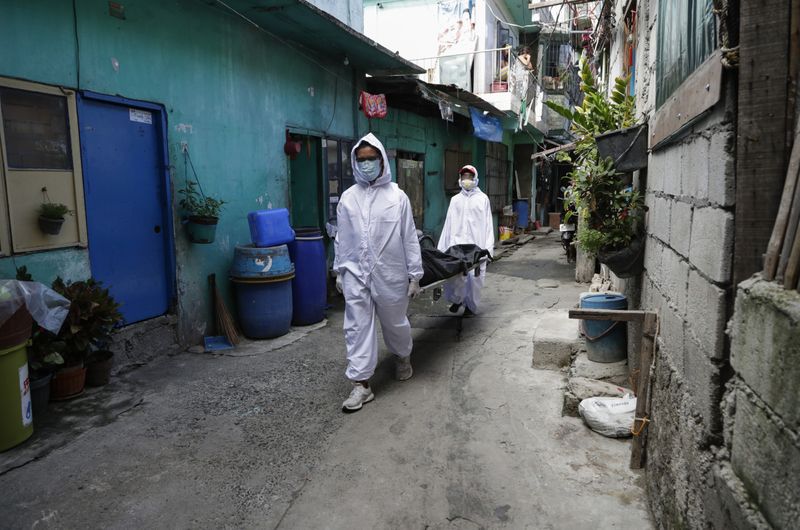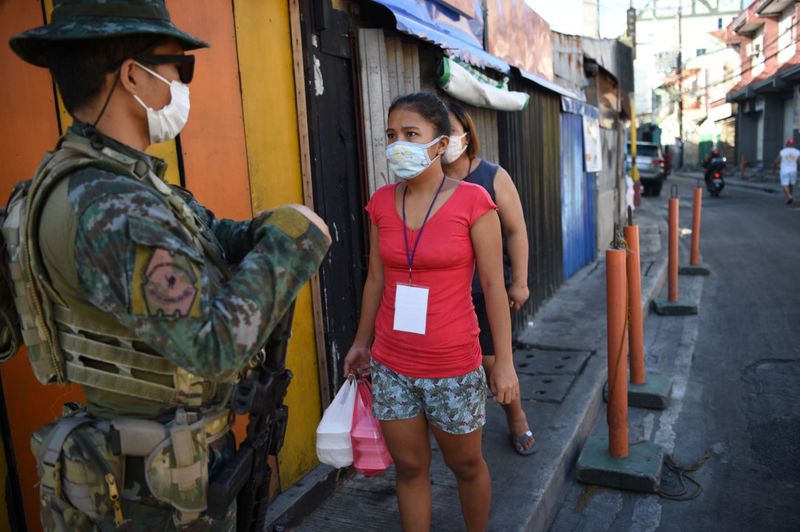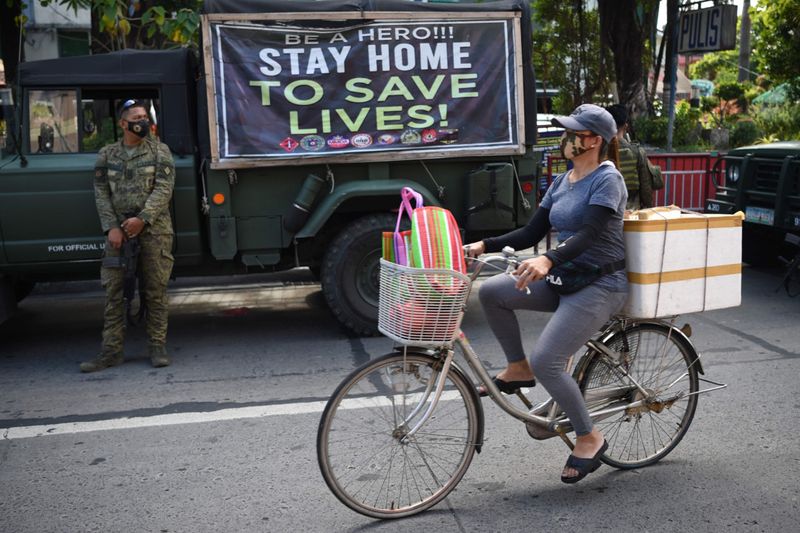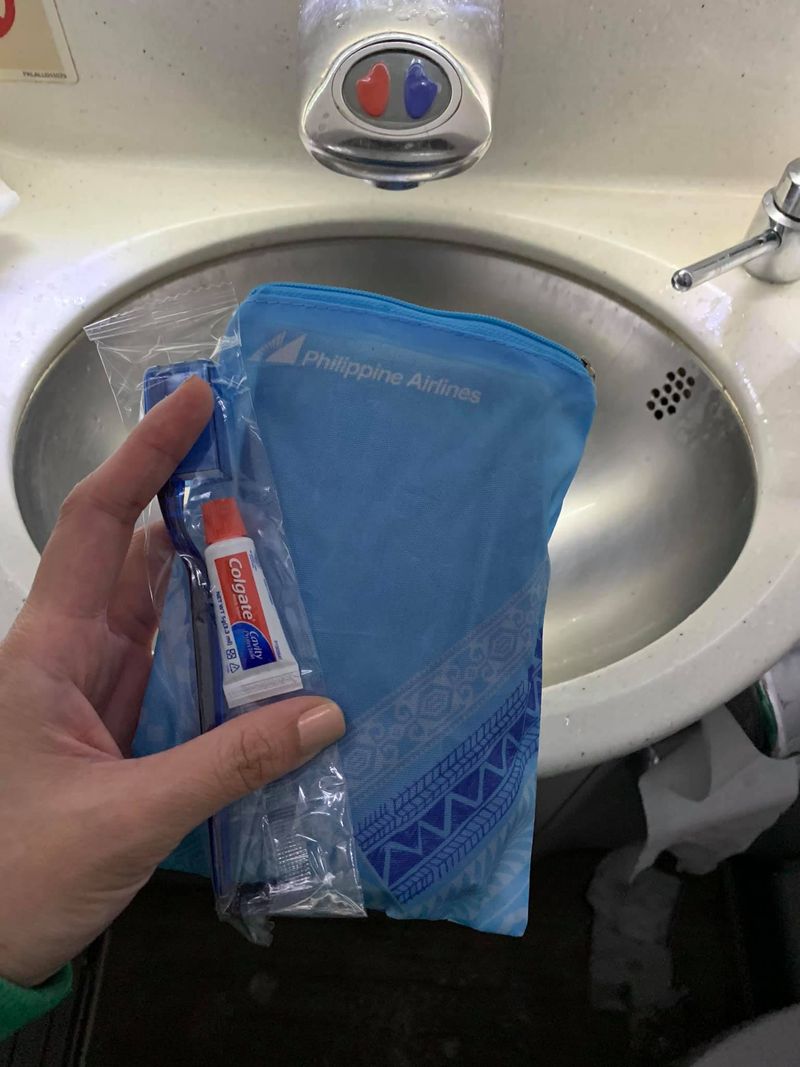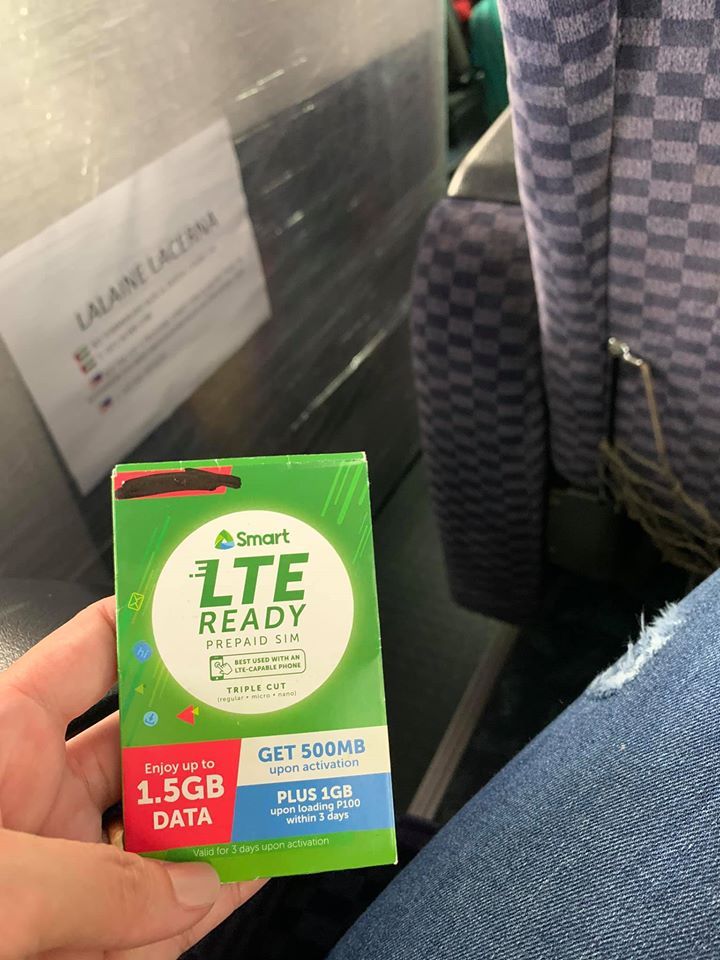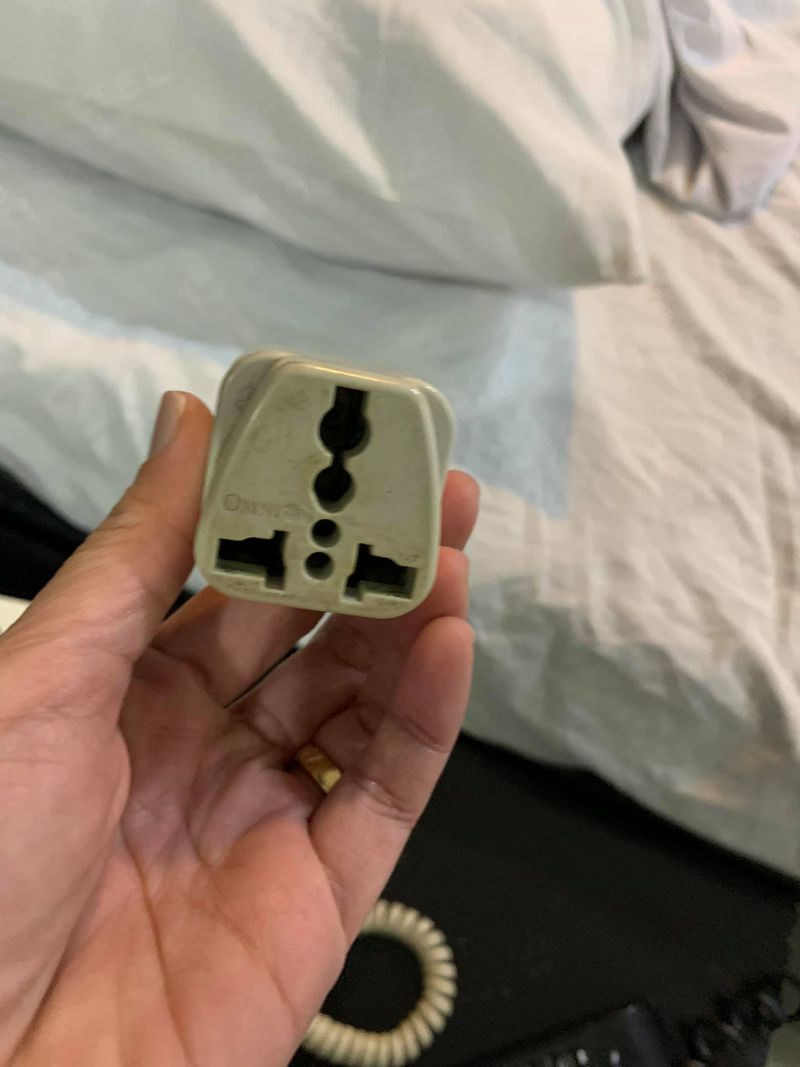Face coverings are now obligatory in shops in England.
The step brings England according to Scotland, that made face coverings compulsory in shops on 10 July as well as follows the British government complied with in the steps of other countries on 11 May by recommending the wearing of masks when in encased spaces, such as mosting likely to the supermarket.

From 15 June, it also ended up being mandatory to use a face covering when using public transport.
" If you can, use a face covering in an encased area where social distancing isn't feasible as well as where you will enter call with individuals you do not usually meet," the suggestions stated. "This is most pertinent for brief periods indoors in crowded locations, as an example, on public transportation or in some stores.
" Proof suggests that putting on a face covering does not secure you. Nonetheless, if you are infected yet have not yet created signs and symptoms, it might supply some defense for others you enter into close call with."
The government has actually made use of the term "face covering", rather than "mask", since it's eager to keen to compare the former as well as "the surgical masks or respirators made use of by healthcare and also other employees as component of individual protective devices. These must continue to be booked for those that require them to shield against risks in their workplace."
The standards recommend making your very own face treatments in your home rather. However what do you require to do to make sure whatever face covering you're utilizing is risk-free and also efficient?
How do you wear a face covering "correctly"?
The federal government advice states you ought to use face treatments "effectively". The crucial element is to make certain that whatever you're using is completely covering your nose and also mouth while enabling you to breathe easily, and to wash your hands prior to placing it on or taking it off.
Prevent touching your eyes, nose, or mouth in any way times, and also do not touch the front of the face covering, or the component of the face covering that has touched with your mouth and also nose. When eliminated, ensure you cleanse any surfaces the face treatment has touched.
The guidelines also specify that face coverings need to not be utilized by children under the age of two or those who might locate it challenging to "manage them correctly"; for instance, key institution age youngsters who are unassisted, or those who already have breathing conditions.
What do I do with a disposable mask?
A non reusable mask is just designed to be made use of as soon as, not multiple times-- do not be attracted to reuse it. You must utilize this kind of mask when prior to tossing it away, and need to also dispose of it if it ends up being at all wet, according to the World Wellness Organisation (THAT).
Before placing one on, wash your hands first as well as examine whether there are any type of holes or tears in the mask when you eliminate it from its product packaging. Many disposable masks have a top and a bottom-- the top is the side that has a stiff, flexible edge, designed to mold around your nose.
There's also a front and a back to the majority of disposable masks: the coloured side is normally the front and should encounter far from you. When connecting the mask, either by connections or loops that walk around your ears, make certain there is no gap between the mask and your face by pressing the flexible top piece so it's formed around your nose.
Try not to touch the mask while using it, as well as if you do, clean your hands or make use of hand sanitiser after that. When eliminating the mask, attempt not to touch the front of it-- make use of the ties rather. Toss it in a shut bin and, you presumed it, wash your hands.
What do I do with a recyclable mask or face covering?
If you have any kind of sort of multiple-use mask or face treatment, using it is just half the fight-- you additionally have to wash it.
Recommendations differs on how typically you ought to do this. While Gulf News creates, "Your face mask ought to be cleaned at least once a day. We can not stress this enough," the UK federal government suggestions just mentions you ought to clean it "routinely". On The Other Hand, Kate Grusich, a speaker for Centers for Condition Control and also Avoidance (CDC), says that the frequency with which you wash a face covering must hinge on exactly how frequently you use it.
" If you're just taking the periodic journey to the pharmacy as well as supermarket, a regular clean must be suitable, as long as the mask isn't visibly dirtied," she told GQ. "If it is soiled, or if you have actually been around someone with verified or thought Covid-19, the face covering must be washed promptly after use."
What do I do with a disposable mask?
A disposable mask is only designed to be used once, not multiple times – don’t be tempted to reuse it. You should use this kind of mask once before throwing it away, and should also dispose of it if it becomes at all damp, according to the World Health Organisation (WHO).
Before putting one on, wash your hands first and check whether there are any holes or tears in the mask when you remove it from its packaging. Most disposable masks have a top and a bottom – the top is the side that has a stiff, bendable edge, designed to mould around your nose.
There’s also a front and a back to most disposable masks: the coloured side is usually the front and should face away from you. When attaching the mask, either by ties or loops that go around your ears, ensure there is no gap between the mask and your face by pushing the bendable top piece so it’s shaped around your nose.
Try not to touch the mask while wearing it, and if you do, wash your hands or use hand sanitiser afterwards. When removing the mask, try not to touch the front of it – use the ties instead. Throw it in a closed bin and, you guessed it, wash your hands.
What do I do with a reusable mask or face covering?
If you have any kind of reusable mask or face covering, wearing it is only half the battle – you also have to wash it.
Advice differs on how often you should do this. While Gulf News writes, “Your face mask should be washed at least once a day. We cannot stress this enough,” the UK government advice simply states you should wash it “regularly”. Meanwhile, Kate Grusich, a spokesperson for Centers for Disease Control and Prevention (CDC), says that the frequency with which you wash a face covering should be dependent on how often you wear it.
“If you’re just taking the occasional trip to the pharmacy and supermarket, a weekly wash should be appropriate, as long as the mask isn’t visibly soiled,“ she told GQ. ”If it is soiled, or if you’ve been around someone with confirmed or suspected Covid-19, the face covering should be washed immediately after use.“
When you’ve removed your face covering, the government advises storing it in a plastic bag until you have an opportunity to wash it, and washing your hands after use. The covering can go in with other laundry, using your normal detergent. But what temperature to wash it at? According to the CDC, you should use “the warmest appropriate water setting and dry items completely”. A hot wash is recommended, so 60 degrees or higher.
What can I use as a face covering?
If you don’t have an actual mask, the government guidelines state that “it can be as simple as a scarf or bandana that ties behind the head”.
However, they have also shared ways on making your own face covering out of a T-shirt or squares of cotton fabric. Others have demonstrated how you can turn a sock into a face mask using just a few simple cuts. See our guide to making your own face mask here.
According to a study by researchers from the University of Chicago and the Argonne National Laboratory in Illinois, the most effective material for face coverings is a sheet of tightly woven cotton plus two sheets of chiffon, made from polyester and spandex. This combination was found to filter out 80 to 99 per cent of particles, depending on their size.
The team suggested this combination was on a par with N95 masks, used by medical professionals. Tightly woven cotton with natural silk or flannel also worked well.
But if you don’t have access to a variety of materials, plain cotton works well as a face covering material, offering breathability and some filtration.

Sharing is caring...
Read more

